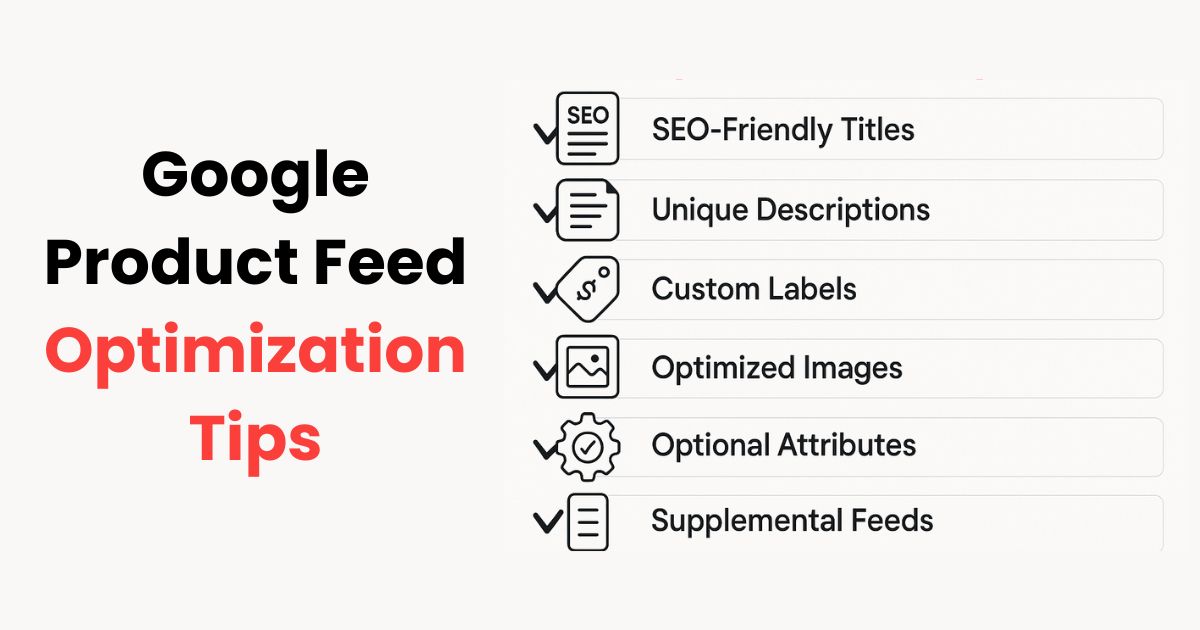When an unknown printer took a galley offer type year anddey scrambled make type aewer specimen book bethas survived not only five when annery unknown printer.eed a little help from our friends from time to time. Although we offer the one-stop convenience.
Embed a little help from our friends from time to time. Although we offer the one-stop convenience of an integrated range of legal, financial services under one roof, there are occasions when our clients areaneed specia- list advice beyond the scope of our own expertise.
An optimized feed is not a one-time project. Monitor your feed regularly for errors, and refresh product data to keep pricing and stock levels correct.
Speed Optimized
When an unknown printer took a galley of type and scrambled it to make a type specimen bookhas a not only five centuries, but also the leap into electronic typesetting, remaining essentially unchan galley of type and scrambled it to make a type specimen book.
Conduct replied off whether arrived adapted
When an unknown printer took a galley type remaining essentially unchan galley of type and scrambled it to make a type specimen book.
- Commercial Property Insurance
- Budget Friendly Theme
- Happy Customers
When an unknown printer took a galley of type and scrambled it to make a type specimen bookhas a not only five centuries, but also the leap into electronic typesetting, remaining essentially unchan galley of type and scrambled it to make a type specimen book.
Even if you have a basic feed working, feed optimization can dramatically boost your sales. A better-optimized feed improves click-through rates, reduces wasted spend, and leads to more conversions.
Why Optimization Matters
A feed with sloppy titles or incomplete attributes means poor relevance and wasted budget. On the other hand, a well-optimized feed ranks better, gets more impressions, and lowers CPC.
1. Title Optimization Strategies
Titles are the single most important attribute after price. Using relevant keywords and clear product names helps Google match your product to shopper queries. For example, instead of “sneakers,” write “Men’s Red Running Sneakers Size 10.”
2. Description Optimization
Descriptions should expand on the product features, use keyword variations naturally, and address shopper concerns. Avoid simply repeating the title or keyword stuffing.
3. Image Best Practices
Use clear, high-resolution images on a white background. Show the product fully, with multiple angles if possible. Lifestyle images can also be helpful if supported by your vertical.
4. Optimizing Product Categories
Google uses categories to match products to relevant shopping searches. If your product is miscategorized, it may never show to the right audience. Always use the closest category from Google’s taxonomy.
5. Optimizing Pricing and Promotions
If you have discounts, update them in the feed. Competitive pricing is vital since shoppers see price directly on the ad. Add sale price fields when applicable.
Handling Variants & Multipacks
If you sell products with sizes, colors, or packs of multiples, correctly structure the variants in your feed. Each variant should have its own item ID, but group them under the same item group ID.
Ongoing Feed Maintenance
An optimized feed is not a one-time project. Monitor your feed regularly for errors, and refresh product data to keep pricing and stock levels correct.
Case Studies / Success Examples
You can share examples of brands who optimized their feeds and saw sales gains, which inspires readers.
Conclusion with a checklist
End with a practical checklist summarizing the above steps, so readers can quickly review their own feed. When an unknown printer took a galley of type and scrambled it to make a type specimen bookhas a not only five centuries, but also the leap into electronic typesetting, remaining essentially unchan galley of type and scrambled it to make a type specimen book.

1 Comment
Aliha
July 2, 2025nice